In material handling, the efficiency, safety, and precision of moving goods depend largely on the equipment used to attach the load securely to the lifting system. This essential link between the load and the material handling equipment is provided by a lifting device, often referred to as below-the-hook hardware.
From cranes and hoists in warehouses to vacuum lifters in stone fabrication, these devices ensure that heavy or awkward items are moved with minimal risk to workers and materials.
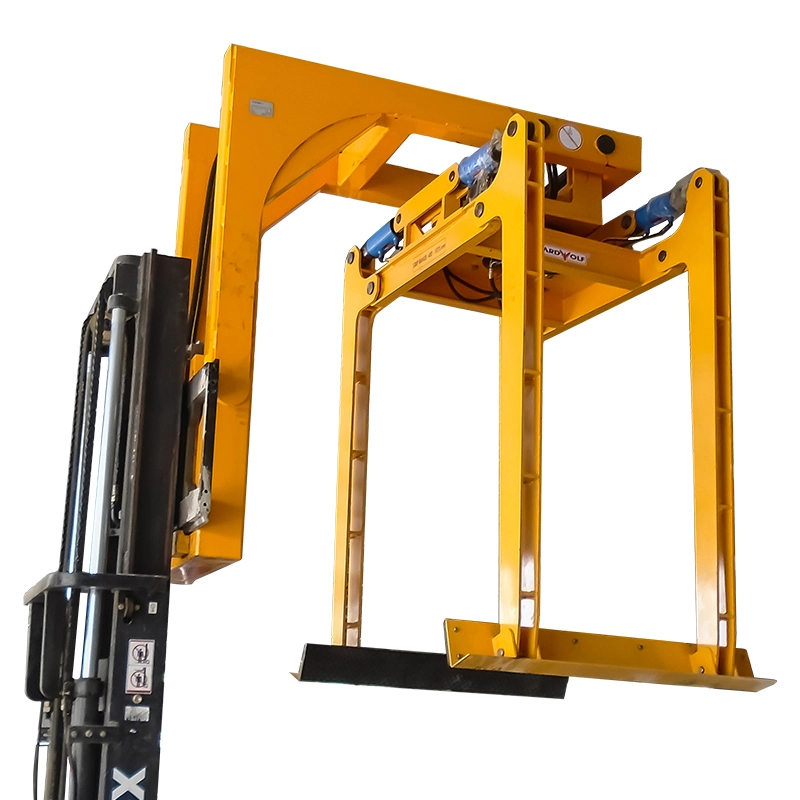
Table of Contents
ToggleUnderstanding the Role of Lifting Devices
Lifting devices are mechanical attachments designed to connect a load to a material handling system. Their main functions include:
- Securing the load for safe lifting
- Distributing weight evenly to prevent damage
- Facilitating control and positioning during transport
Common types include slings, clamps, grabs, lifters, spreader beams, and tongs, all of which integrate with overhead material handling systems or other lifting machinery.
🔗 What Is Material Handling? Types, Equipment, Functions, Safety, and Warehouse Optimization
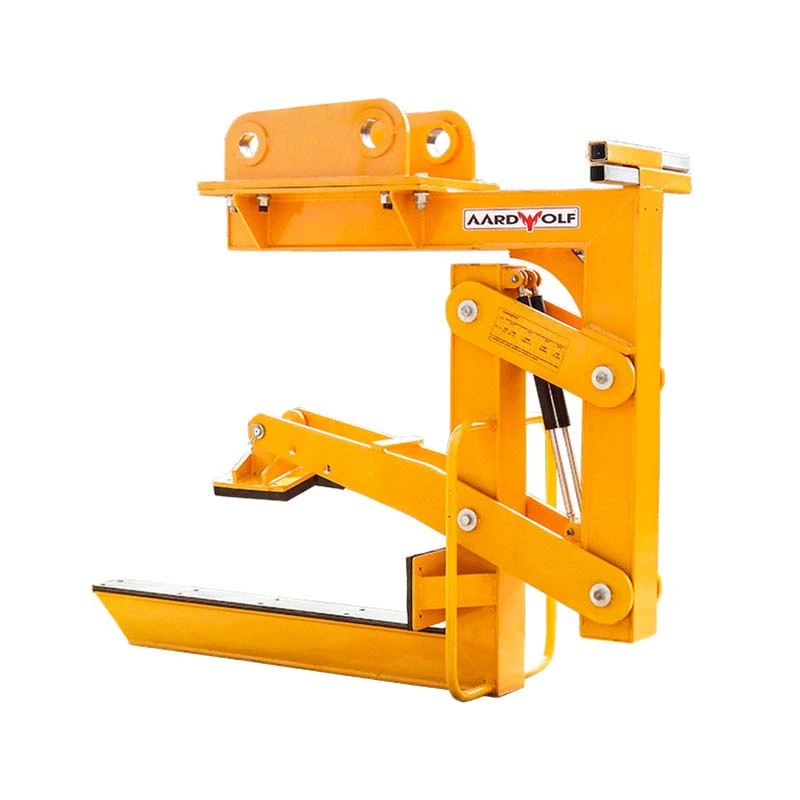
Types of Lifting Devices
1. Mechanical Clamps and Grabs
Perfect for handling stone, metal sheets, and slabs, mechanical clamps like Aardwolf slab lifters secure materials without damaging the surface. They are a staple in construction, manufacturing, and warehousing.
2. Vacuum Lifters
These devices use suction power to lift non-porous materials such as glass, polished stone, and metal sheets. See Aardwolf’s range of vacuum lifters for examples.
3. Hooks and Shackles
Common in manual material handling tools and bulk material handling systems, hooks are versatile but require additional securing methods such as chains or straps.
4. Specialized Lifters for Pavers and Blocks
Paver lifters are designed to handle heavy outdoor construction materials such as paving stones and kerb stones.
How Lifting Devices Integrate with Material Handling Systems
Lifting devices work in conjunction with cranes and hoists, forklifts for material handling, and conveyors for material handling to ensure seamless movement from one point to another.
In automated material handling systems, robotic arms or gantry robots may be equipped with specialized grippers or vacuum pads, while manual material handling tools rely on clamps and trolleys for secure lifting.
Industry Applications
- Material Handling for Warehouses – Moving pallets, crates, and unit loads.
- Material Handling in Manufacturing – Lifting heavy machine parts and assemblies.
- Material Handling in Construction – Installing slabs, blocks, and steel components.
- Material Handling in Food Industry – Hygienic lifting of bulk containers.
- Pharmaceutical Material Handling Systems – Sterile lifting solutions for cleanroom environments.
🔗 What Is a Unit Load in Material Handling?
Safety Considerations for Using Lifting Devices
- Inspect Before Use – Check for wear, cracks, or malfunctions.
- Match Device to Load – Ensure lifting capacity and grip match the material type.
- Proper Training – Operators should understand load balance, sling angles, and device operation.
- Avoid Hazardous Clothing – 🔗 Loose Clothing Is Best to Wear When Handling Material?
Choosing the Right Lifting Device
When selecting a lifting device, consider:
- Weight capacity
- Type of load (slabs, containers, bulk goods)
- Surface finish requirements
- Compatibility with existing warehouse material handling equipment
Working with reputable material handling equipment manufacturers and system suppliers ensures compliance with material handling safety standards.
Conclusion
The lifting device is a critical link in the material handling process, bridging the gap between the load and the lifting system. Whether you’re a stone fabricator, warehouse operator, or construction manager, using the right device enhances efficiency, reduces downtime, and ensures workplace safety.

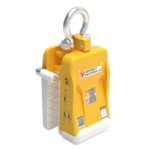
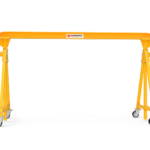
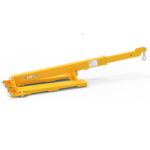
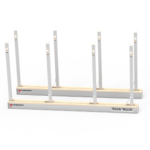
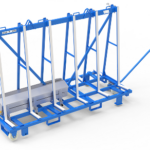
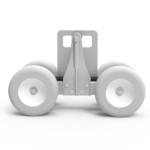
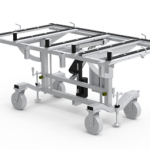
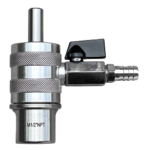
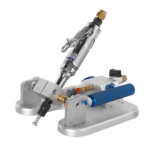
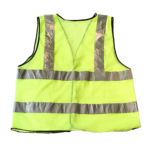
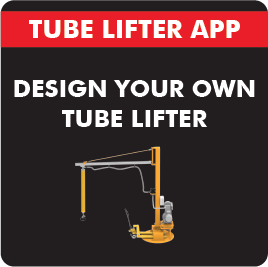
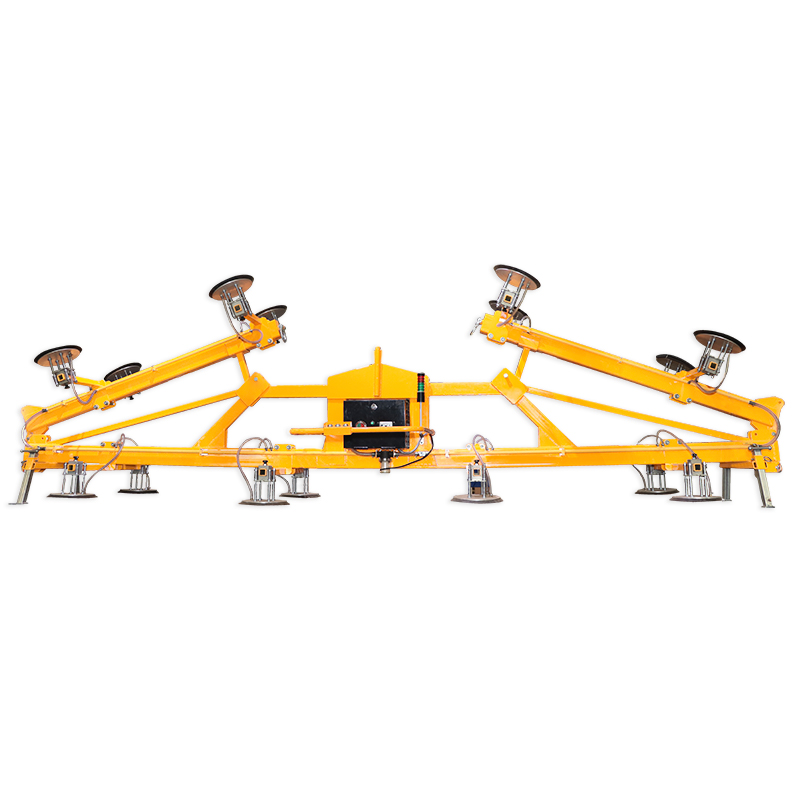
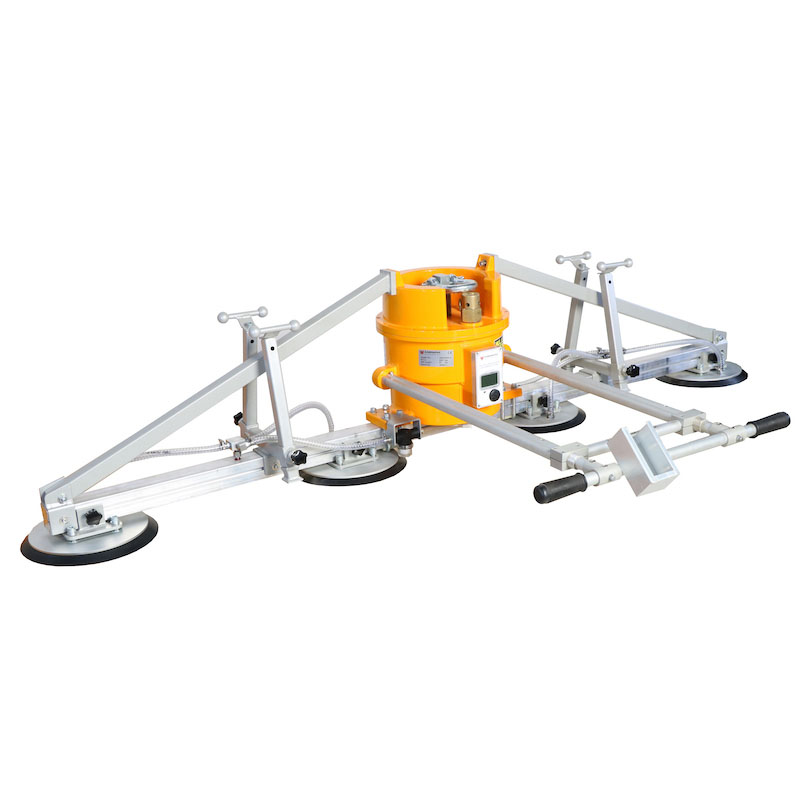
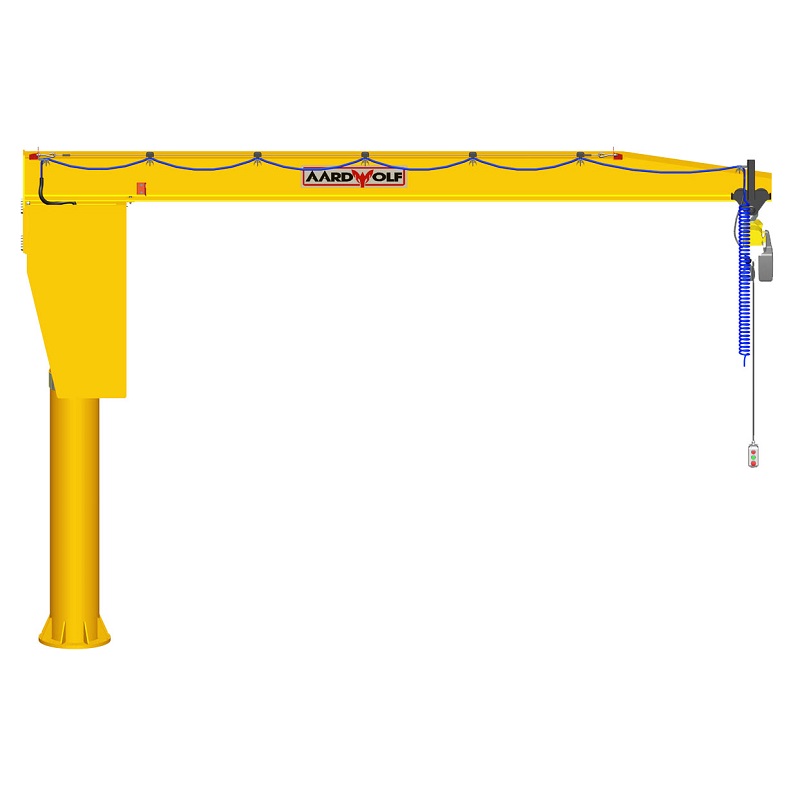
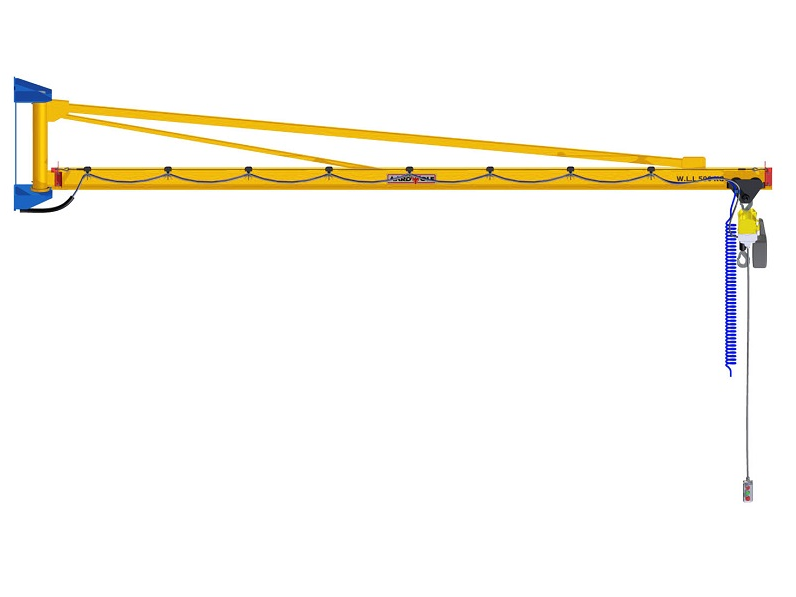

Please log in to leave a comment.